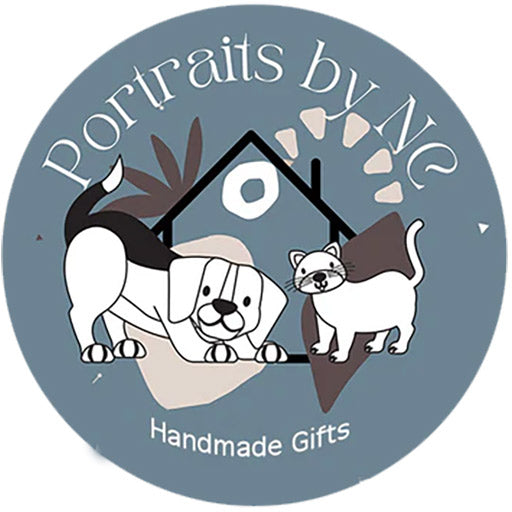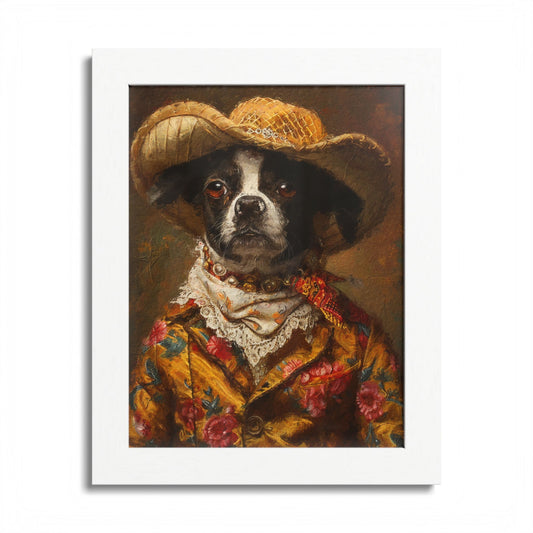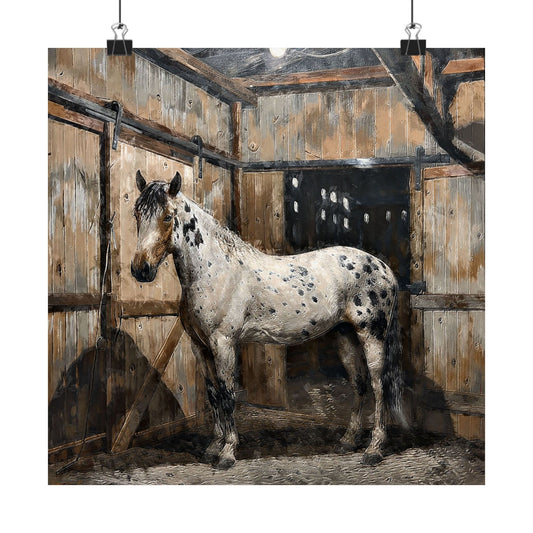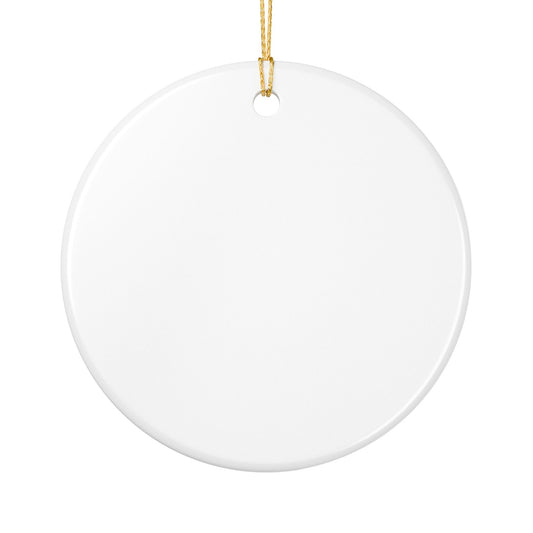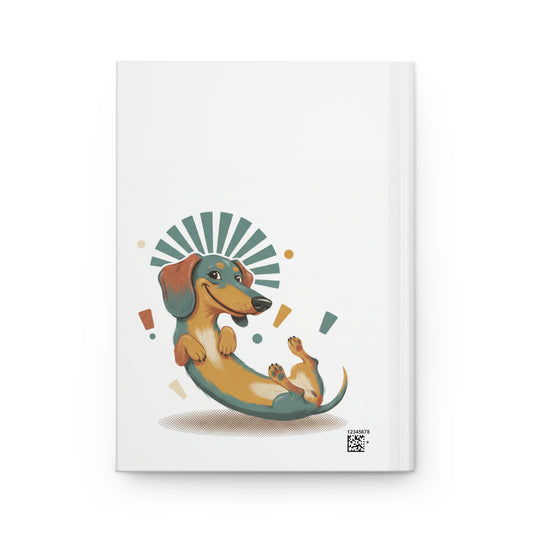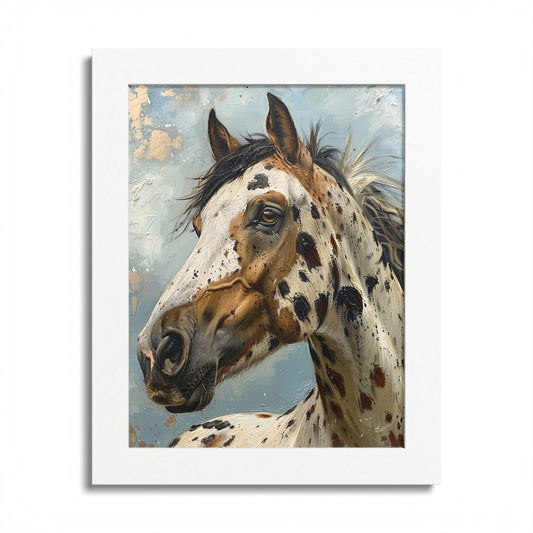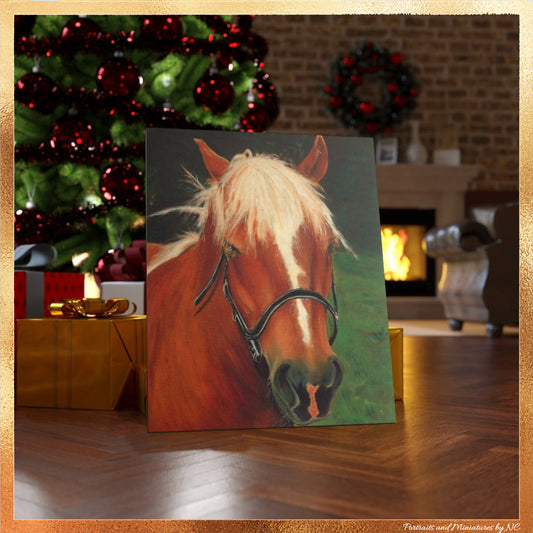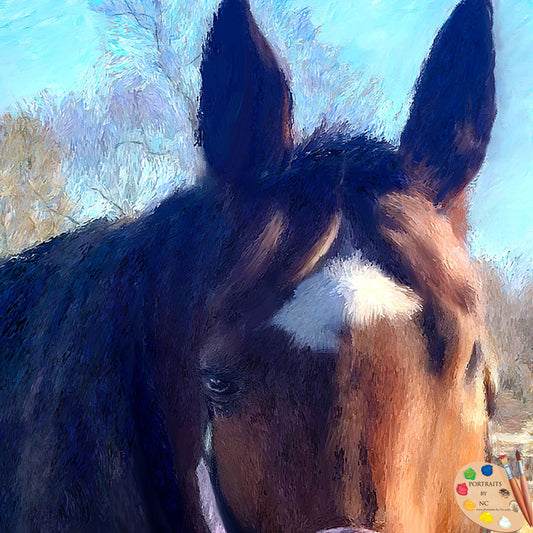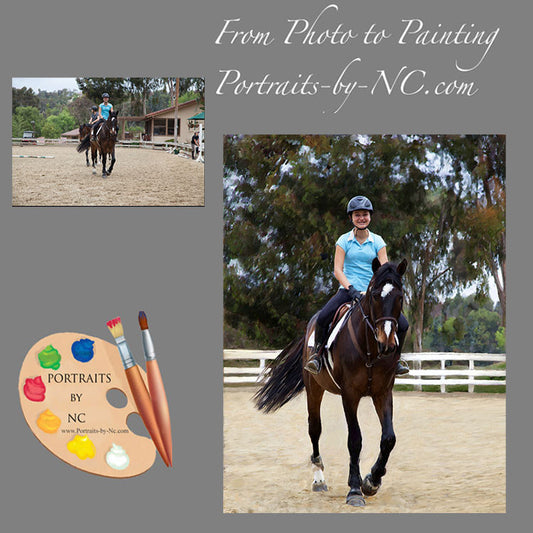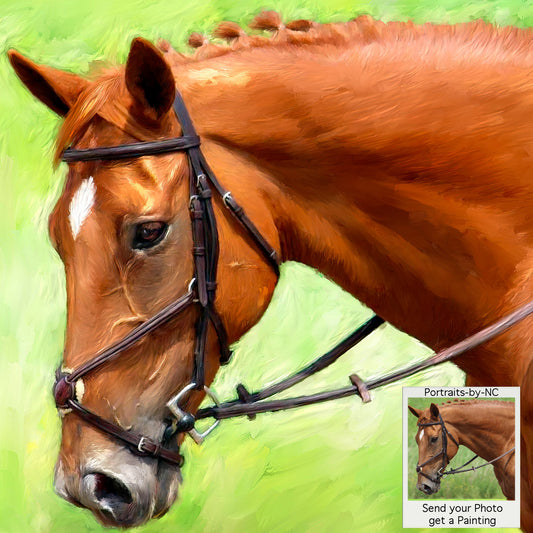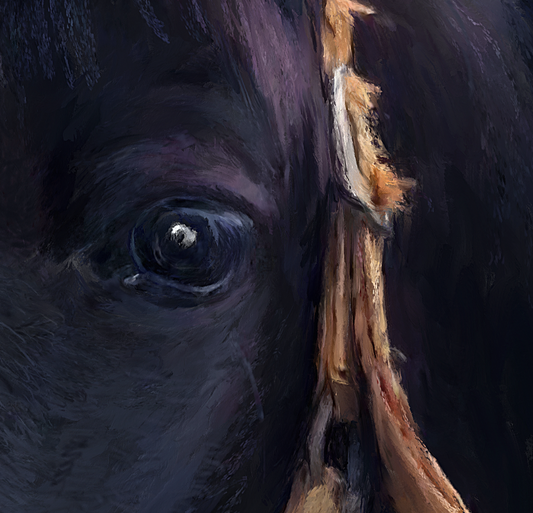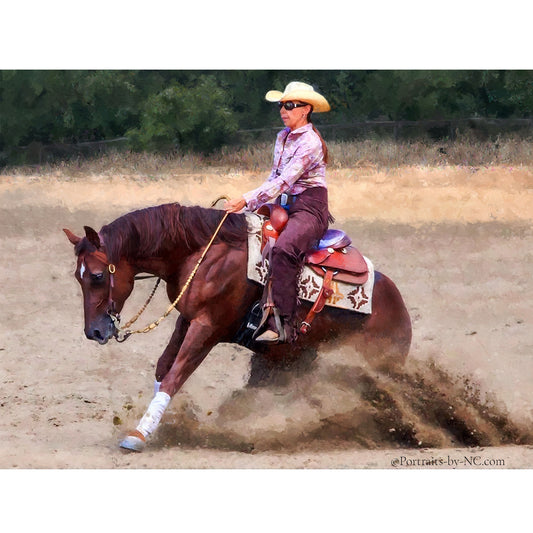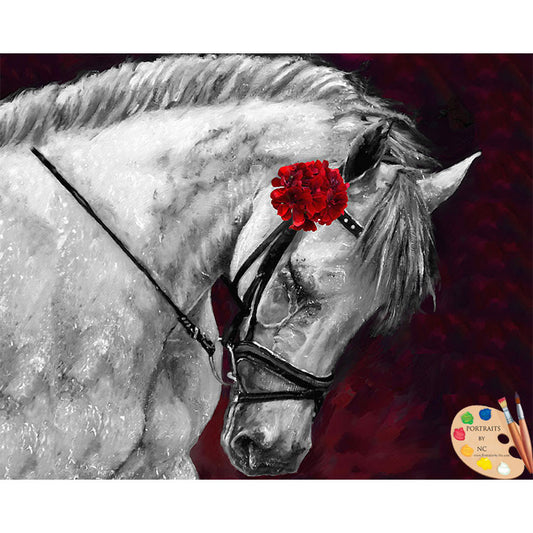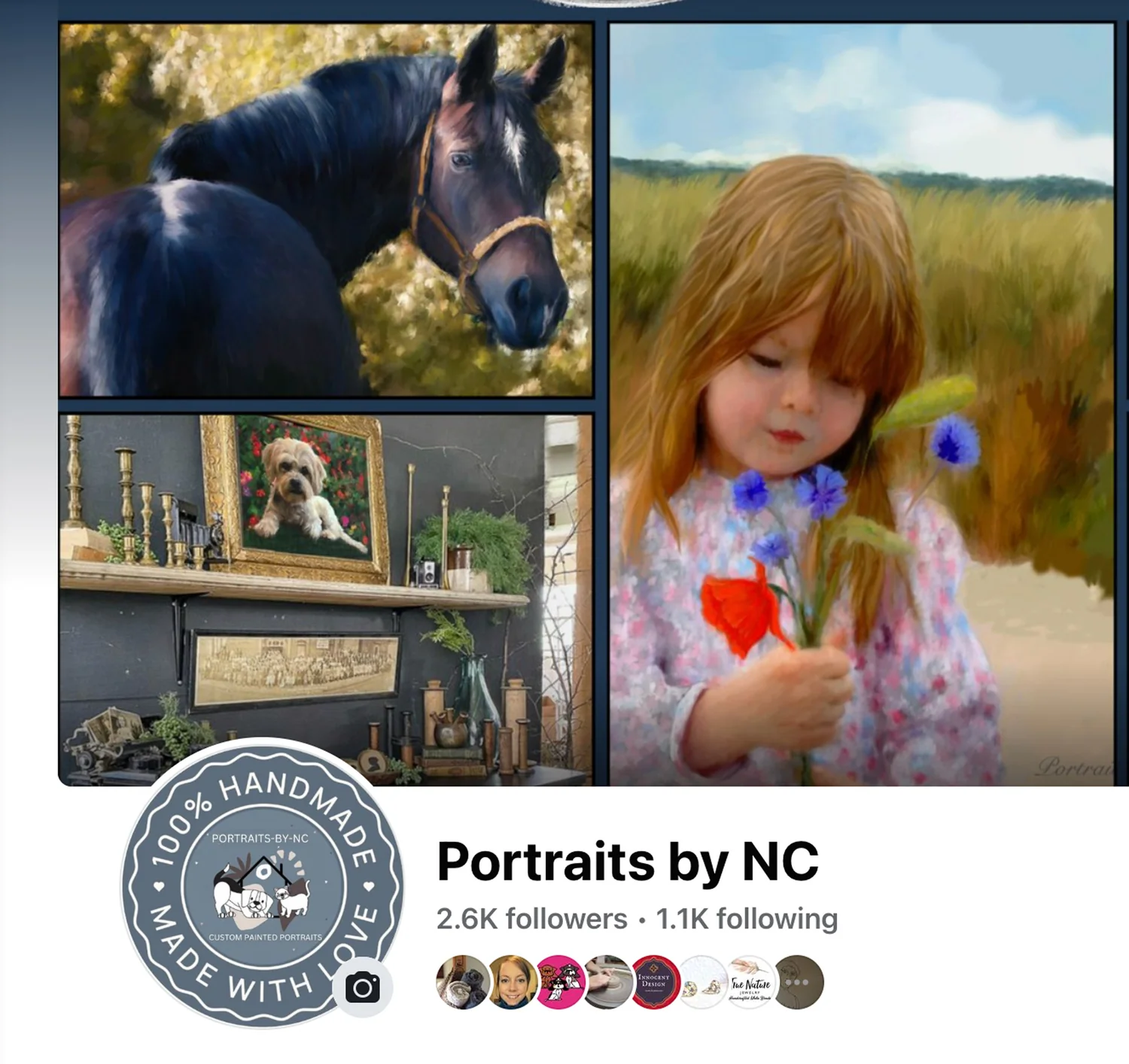Brushwork Essentials
Share

I have been asked how I am able to paint the very small details on the jewelery and after I responded to that inquiry, I thought I'll talk about brushes.
Initially I start out with a 2" synthetic brush, purchased at a hardware store to place in 2 coats of Gesso. I like my surface very smooth and even if the canvas comes pre-primed, I still add Gesso.
For the Wash In - a 2" soft varnish brush is used. I bought mine from Dick Blick and I am pretty happy with it, since the hair loss is minimal. Once the canvas is completely covered with Umber, lights have been wiped out, etc., and is ready for more detail work, I use various Filbert brushes.
For the Grizaille - larger areas are covered by using Silver Rubin Satin sizes 1 Round, 2 Filbert,4 Filbert and 8 Filbert (of these brushes one is used per value - so altogether I enjoy washing out 33 brushes - well, scratch the enjoying part!)
But the details are mainly done with A Loew-Cornell Liner size 18/0. Yes, it is tiny!
Sometimes I need the aid of a very strong magnifying glass as well, but being over 40 that's more an aid for a failing eyesight.
But painting details is not only in the brushes, but how you move the paint around. There is a great book Brushwork Essentials by Weber, which goes into great detail how you can best use brushes for various techniques.
All I can say is read the book and experiment moving paint around. You'll be amazed how many things just happen by applying the right pressure in the right direction.
